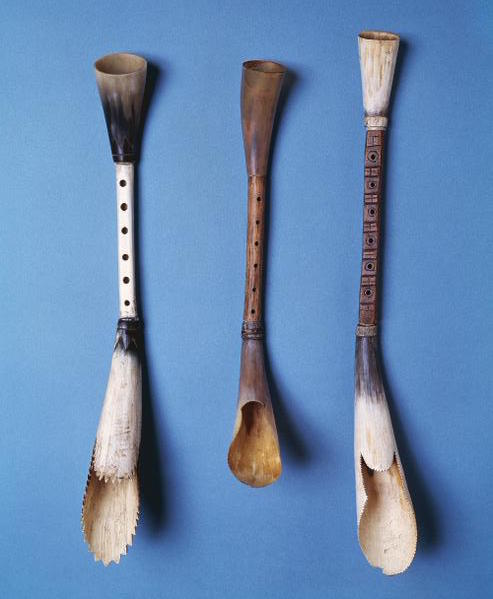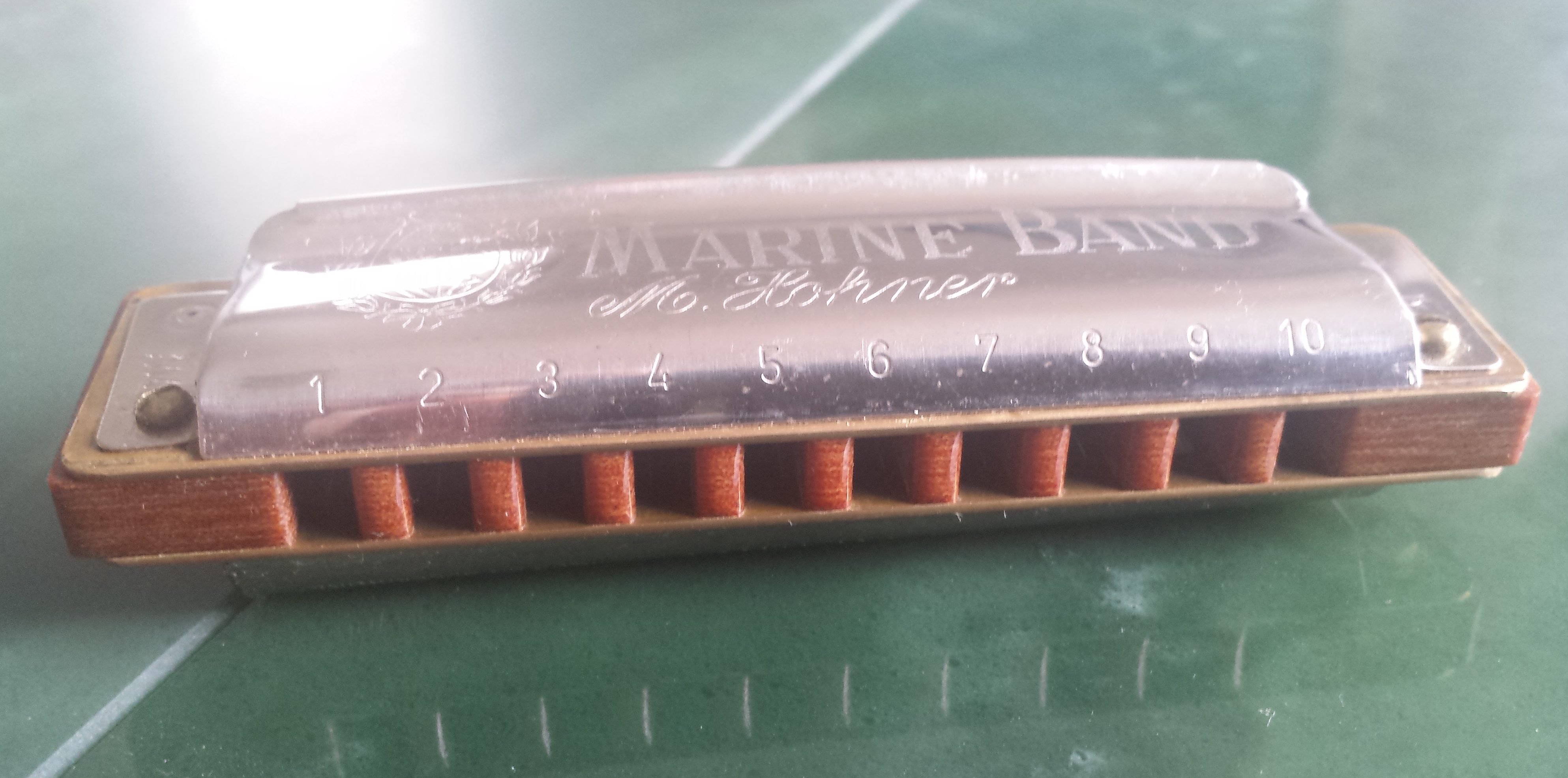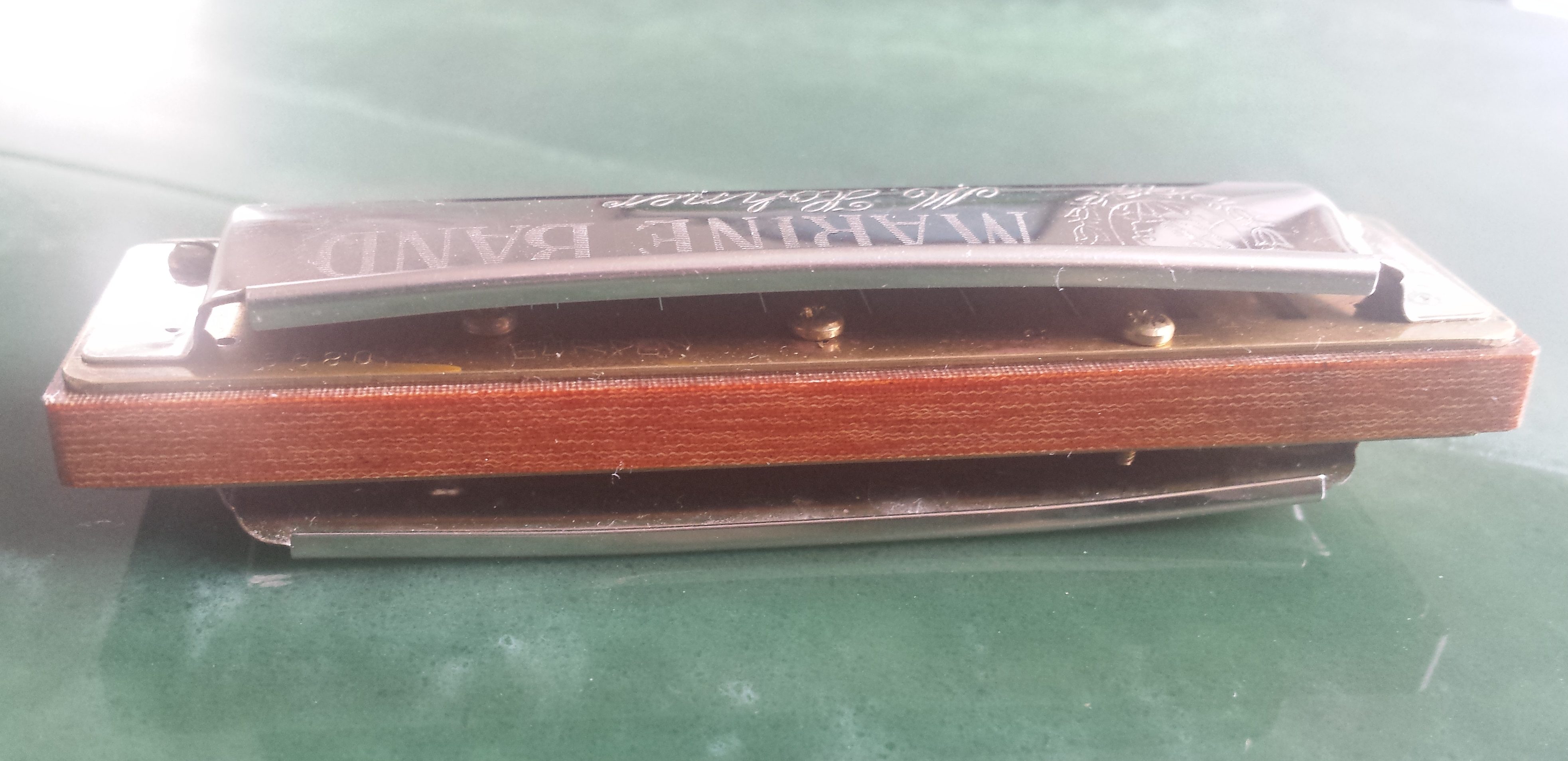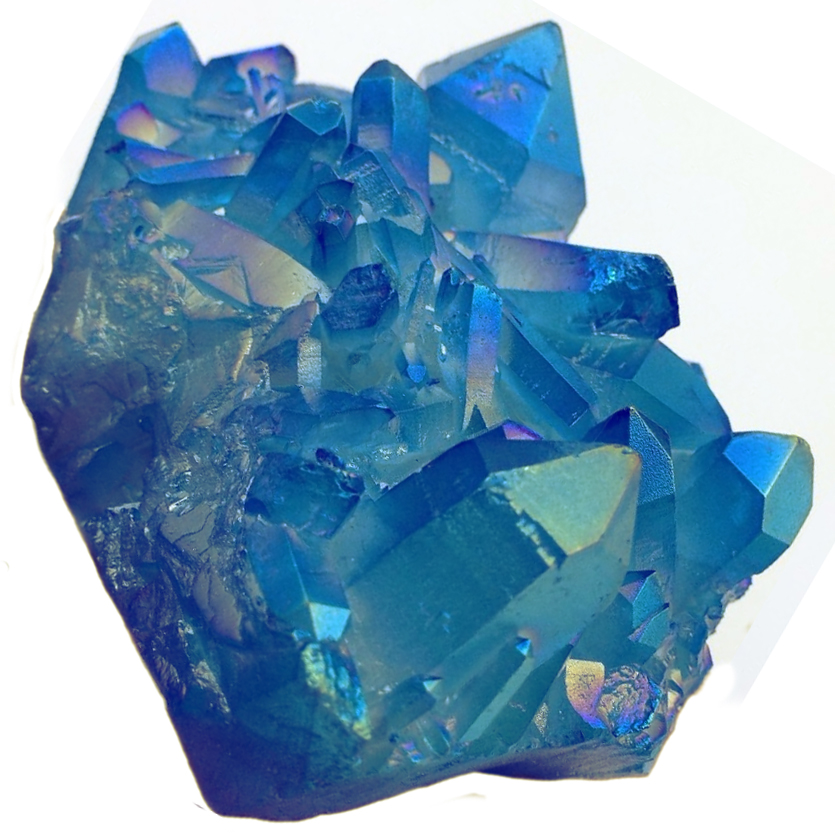In August 2013, in a garage surrounded by redwoods in San Anselmo, California, I got together with violinist Tuula Tossavainen Cotter and guitarist Colin Cotter, and recorded Fantaisie sur la Grande Gigue Simple, an unusual arrangement of a very old and mysterious melody, perhaps Canada’s oldest home-grown fiddle tune. Later in this post, I’ll discuss in detail the history and origins of this tune as well as its daughter tune, the Red River Jig.
Listening back after six years (and a year after Tuula’s untimely death from brain cancer), I’m struck by the beauty of what we played. To my bass line played in drop-D tuning, Colin embroidered the guitar part with gorgeous harmonies, while Tuula interpolated her composition The Mesabi Range in the middle of the arrangement and brought both power and sensitivity to her contribution.
My approach in turning la Grande Gigue Simple– an instrumental tune to accompany step dancing – into a sort of fantasia was to start out by being in two keys at the same time. The guitar starts a repetitive, dreamy drone in the key of D (the original key), but then harmonica enters in the key of A, five scale steps higher, creating a floating sense of suspension. On top of this, the tune itself builds a sense of tension that resolves at the end of the B part, only the harmonica is still in the key of A.
By the way, for this part of the tune I’m playing a country-tuned Low D harmonica (G is raised to G# in the middle octave, yieldig an A major scale). Later, when backing Tuula, I switch to a country-tuned G harp, which has C raised to C# in the middle octave to create a D major scale. (If you’re not a harmonica player, don’t bother trying to make sense of this.)
As Tuula starts in, she gently floats the tonality back down to the ground of D major, adding to the dreaminess of the landscape with her composition The Mesabi Range, named after a range of mountains in Minnesota where her family used to vacation when she was a child. Then she starts to build the energy level again, engaging with La Grande Gigue Simple in D, replacing dreaminess with drive and power. Then she subsides into an echo of The Mesabi Range, while at the end, the harmonica hints at a return to the key of A.
We recorded this using a Zoom H2 to capture a live performance in stereo, so we had no opportunity to remix or to punch in to fix mistakes.
Earlier versions
La Grande Gigue Simple is played in many versions by fiddlers, accordionists, and harmonica players in Québec, and scholarly papers have been written comparing multiple recorded versions. My conception of the tune was largely formed by the version recorded by Québécois fiddler Isidore Soucy, with piano accompaniment, on March 22, 1927.
The tune has also been recorded by harmonica players, including one by Louis Blanchette, recorded under the title Reel des pêcheurs (fisherman’s reel), with piano accompaniment by Alphonse Roussel, on June 11, 1937.
(By the way, in eastern Canada the piano is a folk instrument, as shown in these recordings. The availability of pianos in parish halls may have something to do with its widespread use in folk music performances and recordings in the early twentieth century.)
Here’s a harmonica version recorded in 1975 by Wilbrod Boivin on the LP Quadrilles d’Autrefois. Note that the order of the A and B parts is reversed.
Gigue, Jig, Geige – what’s with these names?
The French word gigue derives from jig – the Irish dance-tune form in 6/8. But, at least in Québec, it has no specific meaning and simply refers to any type of tune for dancing. A tune designated a gigue in Québec might be in any time signature and tempo. A tune in 6/8, on the other hand, is called exactly that – a “six-huit.”
A seemingly related word is geige, the German colloquial word for the violin, akin to the English word fiddle. Dancing masters (i.e., teachers) used to carry small pocket fiddles that they could use to accompany themselves and their dance students. This word may be derived from jig/gigue, or from giga, a Scandinavian bowed instrument whose name derives from an old Norse word that means “to vibrate.”
Antecedents: The Hornpipe
La Grande Gigue Simple is played primarily, almost exclusively, by French Canadians living in Québec. Yet it has no known antecedents in France. Its rhythmic pulse resembles that of a British hornpipe in triple time (with beats grouped in threes). Hornpipes were first mentioned in a mid-15th century morality play, where they were deemed “a sprynge of lechery.”
Hornpipes are thought to have been named for instruments played by shepherds and made from animal horns, hence the name. Pictured below are some Welsh hornpipes, known as pibgorns.

Later, various types of smallpipes (a type of bagpipe) such as Northumbrian pipes and border pipes were used to play hornpipes, and by the 16thcentury, classical composers such a William Byrd were writing hornpipes for keyboards, as well. Those early hornpipes were often played in triple meter, with a recurring pattern of three beats that might be divided into a flow of two or even four notes per beat. English composer Henry Purcell incorporated two such hornpipes into the incidental music he wrote in 1676 for the play Abdelazar, or The Moor’s Revenge. One of them, the Rondeau, was adapted by film composer Dario Marinellifor a dance scene in the 2005 film of Pride and Prejudice. Here’s Purcell’s original version:
Here is the 2005 movie version, used in a dance scene with Kiera Knightley as Elizabeth Bennet and Matthew Macfayden as Mr. Darcy :
Around 1800, hornpipes underwent a change of meter from beats grouped in threes to beats grouped in twos or fours that were divided into an uneven flow of notes in dotted rhythms (where the first note in the pair is longer than the second). This new type of hornpipe was sometimes used to accompany a dance that mimed the work actions of a particular occupation, hence the well-known Sailor’s Hornpipe (although the tune associated with that name, thanks perhaps to Popeye cartoons, is actually the College Hornpipe).
Daughter tune – The Red River Jig
In the 1840s, la Grande Gigue Simple was brought west to what is now Manitoba, where it was known as La Gigue du Bas-Canada (Bas-Canada, or Lower Canada, being the name for what is now the province of Québec). Adopted by the Métis population, whose people, heritage, language, and tradition were a mixture (métissage in French) of French, Scottish, and First Nations cultures, it was transformed into the Red River Jig, one of the emblematic fiddle and dance tunes of traditional Métis culture. Interestingly the Red River Jig, though it, like its mother tune, exists in many different versions, tends to go back and forth between the old 3/2 meter (usually in the A part) and the newer 2/2 meter (usually in the B part), as in this version by iconic Métis fiddler Andy DeJarlis:





